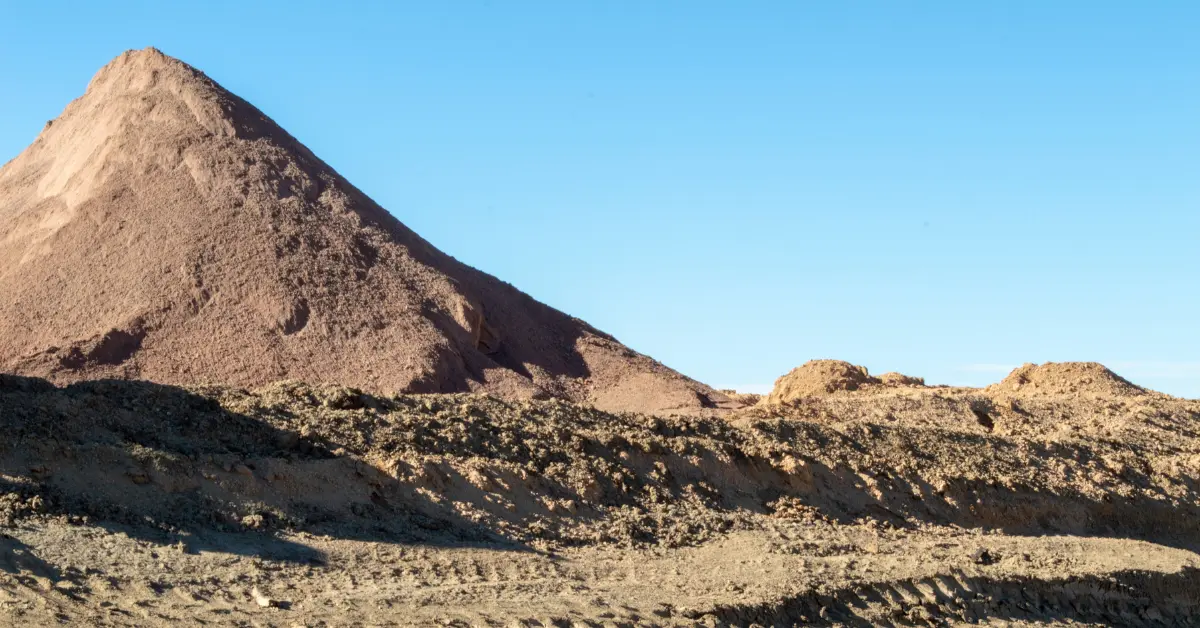
Efficient dirt hauling is crucial for any construction or landscaping project, impacting timelines and budgets. Strategic planning ensures that soil transportation is not just a reactive task but a well-thought-out process that aligns with project goals. Understanding the logistics involved—from the amount and type of dirt needed to the end disposal—can significantly enhance efficiency. This blog post delves into the essential steps and considerations that make up effective dirt removal planning, aiming to streamline operations and reduce unforeseen costs.

Assessing Your Dirt Hauling Needs
Determining the Type and Volume
It’s essential first to identify the specific type and amount of dirt required. Whether filling a garden, leveling a construction site, or raising ground levels for landscaping, accurately measuring the soil volume needed is critical to avoiding costly mistakes. This initial step helps prevent under- or overpurchasing materials, ensuring your project remains efficient and on budget.
Evaluating Project-Specific Soil Transportation Requirements
Each project carries unique soil transportation planning needs. Factors such as distance from the source of dirt to the project site, the accessibility of the site, and the type of soil being transported influence the logistics. For example, transporting clay, which is heavier and more compact, requires different considerations than transporting sandy soil. Assessing these factors early on will assist in planning the most effective hauling strategy and keeping your project on track and within timelines.
Identifying Budget Constraints and Cost Considerations
Understanding your financial boundaries is vital in dirt hauling tips. It’s important to explore various options and their costs, including hiring professional haulers versus doing it yourself. Assessing the full scope of expenses is crucial. It will help you forecast the overall financial impact of your project and identify areas where costs can be minimized without compromising the quality or timeline.
Choosing Between DIY Hauling and Professional Services
Deciding whether to undertake dirt hauling yourself or to hire professionals depends on several factors, including project size, budget, and personal expertise. DIY dirt hauling can be more budget-friendly but requires a significant time investment and the right tools. On the other hand, professional services offer convenience and expertise but at a higher cost. Weighing these options will help you choose the best approach to meet your project’s needs efficiently and effectively.
Sourcing and Procuring Dirt Efficiently
Using Websites to Buy Dirt at Competitive Prices
In addition to offering a large selection of soil types, Such platforms make it easy to compare costs and attributes without having to go. Accessibility helps project managers and homeowners make informed decisions quickly, ensuring they secure the best deals while adhering to their project timelines and budgets.
Leveraging Dirt Exchange Platforms
These platforms serve as a marketplace for acquiring and disposing of excess soil, which can lead to substantial cost savings. By connecting you with local construction sites with surplus dirt, these platforms reduce transportation costs and provide a budget-friendly solution for soil needs. Such an approach not only economizes your project but also promotes sustainability by reducing waste.
Selecting the Right Tools for Dirt Sourcing
Ensuring the right type and quantity of soil for a project is crucial for structural stability, environmental compliance, and cost efficiency. While conventional methods such as site visits provide hands-on assessments, digital advancements have revolutionized the process, offering tools that save time, minimize waste, and enhance decision-making. Below are some of the most effective tools:
- Soil Testing Kits: These kits provide a quick and accessible way to evaluate soil quality before procurement. They analyze crucial factors such as pH levels, nutrient content, and potential contaminants, ensuring the dirt aligns with project specifications. Testing for organic matter and moisture retention for agricultural projects can determine if the soil supports plant growth. In contrast, verifying compaction properties and structural integrity is critical for construction. Portable soil testing kits enable on-site assessments, reducing the risk of purchasing unsuitable material. By integrating testing into the sourcing process, businesses can prevent costly mistakes and ensure compliance with environmental regulations. Many kits now sync with mobile apps, providing instant results and data tracking, making them even more convenient and efficient.
- Online Marketplace Apps: Digital platforms have transformed how dirt is sourced, allowing buyers to find and purchase soil with precision. Online marketplace apps now incorporate geo-tagging features, enabling users to locate available dirt based on their proximity and project needs. These platforms often provide soil type, volume, and pricing details, streamlining the decision-making process. Also, some apps include rating systems and supplier reviews, ensuring transaction transparency and reliability. Buyers can compare different sources in real-time, preventing overpayment and reducing transportation costs.
- Dirt Calculators: Miscalculating the soil needed for a project can lead to unnecessary expenses or shortages that delay progress. Dirt calculators eliminate this guesswork by providing precise measurements based on project dimensions. These online tools consider factors like depth, spread area, and compaction rates, ensuring users order the required amount. Over-ordering results in excess costs and disposal issues, while under-ordering leads to additional sourcing and logistical headaches. Some dirt calculators integrate with online marketplaces, allowing users to order directly based on their calculations. Others provide cost estimates, helping project managers stay within budget.
- Logistics Software: Efficient transportation is a key factor in dirt sourcing, as timely delivery impacts project timelines and costs. Logistics software optimizes the movement of soil by analyzing traffic patterns, fuel consumption, and available routes to determine the most efficient delivery plan. These platforms enable real-time tracking, ensuring that delays and route deviations can be addressed immediately. They help coordinate multiple deliveries, minimizing downtime on construction sites. Many logistics solutions integrate with inventory management systems, ensuring a seamless transition from sourcing to delivery.
- Networking Platforms: Industry connections can be valuable when sourcing dirt, as experienced professionals often share insights on reliable suppliers and cost-saving strategies. Networking platforms such as online forums, trade associations, and industry-specific social media groups facilitate these connections. Engaging with professionals through these channels can lead to partnerships, bulk purchasing opportunities, and recommendations for reputable sources. They often update market trends, regulatory changes, and emerging technologies in soil sourcing. Some platforms even host virtual marketplaces where users can trade or sell excess dirt, reducing waste and improving cost efficiency.
Embracing technology-driven solutions alongside industry networking can significantly enhance procurement processes, minimize waste, and ensure compliance with structural and environmental standards. By integrating these tools into their operations, businesses can streamline dirt sourcing, reduce costs, and improve project outcomes.
The Value of Skilled Drivers and Team Communication
Employing skilled drivers who are intimately familiar with local terrain and road conditions is a cornerstone of efficient dirt hauling operations. Experienced drivers bring more than just technical know-how. They possess valuable insights into the nuances of local routes, seasonal challenges, and potential bottlenecks that can affect delivery timelines. Their ability to anticipate and adapt to variable site conditions, such as narrow access roads, changing weather, or construction detours, helps prevent costly delays and ensures that materials arrive safely and on schedule. In addition to driver expertise, clear and consistent communication among all team members is essential for seamless coordination. When dispatchers, drivers, and site managers stay connected and share real-time updates, they can quickly address unexpected issues, reroute trucks as needed, and synchronize loading and unloading to minimize downtime. This collaborative approach not only optimizes the use of resources but also enhances safety and accountability on the job site. In fast-paced projects where timing is critical, the combination of local driver expertise and effective team communication is vital for maintaining productivity, reducing operational risks, and delivering successful project outcomes.
Planning Dirt Hauling Logistics for Maximum Efficiency
Optimizing Dirt-Hauling Timelines
Effective planning is key to optimizing dirt-hauling timelines. By establishing an explicit schedule for soil delivery, you can ensure that all phases of the project progress without delays. This involves coordinating with suppliers to align the hauling timeline with the project's milestones, avoiding any potential setbacks that could impact overall project efficiency and costs.

Coordinating Transportation Routes and Schedules
Coordinating these is essential for optimizing the dirt-hauling process. Below are key strategies that contribute to effective coordination in dirt transportation logistics:
- Route Optimization Software: Selecting the most efficient transportation routes is critical in dirt hauling, as it directly impacts fuel consumption, delivery times, and overall project costs. Route optimization software leverages real-time data to analyze multiple route options and determine the best path based on traffic density, road closures, and distance. These tools often integrate with mapping systems and weather forecasting platforms to provide the most reliable routing recommendations. By using this software, companies can significantly reduce unnecessary mileage and fuel costs while ensuring on-time deliveries. Advanced systems offer automated scheduling adjustments, allowing for dynamic rerouting when unexpected delays occur.
- Technology and Real-Time Tracking: GPS tracking systems allow logistics teams to continuously monitor the locations of their fleet, ensuring that trucks remain on schedule and adhere to planned routes. If traffic congestion, roadwork, or weather conditions create unexpected delays, dispatchers can reroute vehicles dynamically to avoid costly slowdowns. GPS tracking also improves accountability, as it helps prevent unauthorized route deviations or excessive idling, which can increase fuel costs. Integrated GPS systems provide historical route data that can be analyzed to refine future transportation strategies.
- Communication Tools: Clear and consistent communication is essential for synchronizing transportation logistics and preventing delays. Advanced communication tools such as mobile apps, two-way radios, and cloud-based logistics platforms ensure that all stakeholders, from drivers to site managers, remain updated on real-time developments. Instant messaging and push notifications enable dispatch teams to alert drivers about route changes, delivery updates, or unforeseen obstacles, preventing miscommunication and ensuring smooth operations. Automated reporting tools provide valuable insights into delivery performance, allowing managers to identify potential inefficiencies and adjust strategies accordingly.
- Contingency Planning: Unforeseen disruptions such as accidents, road closures, or adverse weather conditions can significantly impact dirt transportation. A well-defined contingency plan prepares logistics teams to respond quickly and effectively to unexpected events, minimizing downtime and ensuring delivery continuity. Contingency planning includes identifying alternative routes in advance, establishing backup suppliers, and incorporating time buffers into delivery schedules. Some companies also utilize predictive analytics to anticipate potential disruptions and proactively adjust logistics plans. With a structured contingency framework, businesses can mitigate risks, reduce the likelihood of major delays, and maintain seamless operations even in challenging circumstances. A proactive approach to problem-solving ensures that projects stay on track and that any obstacles encountered are resolved with minimal impact on the overall timeline.
A well-coordinated transportation strategy is essential for optimizing dirt-hauling logistics, reducing costs, and improving efficiency. Integrating these strategies leads to more reliable deliveries, enhanced project productivity, and significant cost savings, making dirt transportation a streamlined and effective process.
Managing Labor and Equipment to Streamline Operations
Efficient labor and equipment management are essential to expedite the dirt hauling process. This includes scheduling shifts to maximize productivity and deploying the right equipment for specific tasks. Regular training sessions can also enhance personnel efficiency, ensuring they are proficient in using modern machinery and optimizing operational throughput.
Optimizing Load Size
One of the most impactful strategies for maximizing dirt hauling efficiency is carefully optimizing the amount of material transported per trip. This goal rests on two key factors: selecting the most suitable truck type for your specific project needs and rigorously adhering to legal weight limits. Choosing the right vehicle is not simply a matter of capacity; it involves matching the truck’s features to the nature of the material, site conditions, and haul distance. For example, standard dump trucks are often ideal for short hauls and smaller sites due to their maneuverability, while articulated dump trucks (ADTs) excel on uneven or off-road terrain thanks to their enhanced traction and stability. Transfer dump trucks, which include an additional trailer, can move larger payloads efficiently on paved roads, making them well-suited for high-volume, long-distance hauls. Side dump trucks are another option, particularly effective in confined spaces where the ability to unload material to either side streamlines operations. By analyzing the scope of your project and the characteristics of each truck type, you can select a vehicle that not only maximizes payload per trip but also matches operational requirements, reducing the risk of underutilized capacity or logistical bottlenecks.
Equally important is ensuring compliance with local and federal weight regulations. Overloading trucks may seem like a shortcut to fewer trips, but it introduces significant risks—including fines, increased wear and tear, and potential safety hazards. Regulations governing gross vehicle weight (GVW) exist to protect road infrastructure and public safety, so it is essential to familiarize yourself with the legal limits applicable to your area and truck class. Implementing a process for accurately weighing loads before departure is a practical step; this can involve on-site scales or portable weighing systems. Proper load distribution within the truck bed is also critical, as uneven loads can compromise vehicle handling and increase the likelihood of mechanical failures. In some cases, using load optimization tools or consulting with experienced haulers can help you strike the right balance between maximizing payload and staying within legal limits.
Strengthen Coverage of Fleet Maintenance and Safety
Learn how regular vehicle maintenance, comprehensive safety checks, and ongoing driver training directly contribute to reliable and efficient dirt hauling operations. A well-maintained fleet is less likely to experience breakdowns or delays, which translates to fewer interruptions and more predictable project timelines. Regular inspections help catch issues before they escalate, reducing costly repairs and extending vehicle lifespan. Preventive maintenance also ensures compliance with legal safety standards, which is vital for avoiding fines and legal trouble.
Safety checks before, during, and after each trip are crucial. These checks should include verifying load security, checking tire pressure, and ensuring all safety equipment is present and functional. A systematic approach to safety inspections minimizes the risk of accidents, protects your crew, and helps maintain a positive safety record, an important factor for winning future contracts and maintaining insurance coverage.
Driver training is another pillar of fleet efficiency and safety. Well-trained drivers are not only skilled at operating heavy vehicles but are also alert to early warning signs of mechanical issues. Training should cover safe loading and unloading practices, defensive driving techniques, and procedures for responding to emergencies or mechanical failures. Empowering drivers with maintenance awareness can prevent small problems from becoming major disruptions.
Cost-Effective Dirt Hauling and Disposal Strategies
Calculating and Reducing Soil Hauling Costs
Accurately calculating and finding ways to reduce dirt hauling costs is crucial for maintaining the budget integrity of your project. It involves a detailed analysis of all expenses, including fuel, labor, equipment rental, and maintenance. Adopting strategies such as consolidating shipments to reduce trips or opting for local soil suppliers to reduce transport distance can lead to significant cost savings. Also, using fuel-efficient vehicles and scheduling transportation for off-peak hours can further reduce expenses.
Finding Budget-Friendly Services
To achieve budget-friendly dirt hauling, obtaining multiple quotes from different service providers is advisable to ensure competitive pricing. Looking for package deals or seasonal discounts can also yield cost benefits. Establishing long-term relationships with reliable vendors often results in preferential rates and better service terms, thus optimizing the cost-effectiveness of the hauling process throughout the project.
How to Dispose of Dirt Properly and Sustainably
Proper disposal of excess dirt is not only a logistical concern but also an environmental one. How to haul dirt properly involves adhering to local regulations regarding waste soil, which may classify it as clean fill or require specific handling procedures if contaminated. Recycling the soil in other construction areas or donating it to community projects can be an effective way to ensure its sustainable disposal. Such practices not only help reduce environmental footprint but also comply with green standards and enhance the project's sustainability profile.
Negotiating Bulk Hauling Rates for Large Projects
For large-scale projects that require substantial amounts of dirt moving, negotiating bulk hauling rates can lead to substantial cost reductions. Engaging in discussions with haulers about the scope and duration of the project allows both parties to agree on a mutually beneficial rate. This strategy secures better pricing and ensures service reliability and availability throughout the project timeline, making it a critical component of effective dirt-hauling management.
Best Practices in Dirt Hauling
Ensuring Compliance with Local Regulations and Permits
It is imperative for project managers to ensure that all aspects of dirt hauling comply with local zoning laws, environmental regulations, and permit requirements. Before starting any hauling activities, obtain all required licenses and stay up to date on legislative changes that may affect project operations. Compliance prevents legal complications, supports community standards, and protects natural resources, contributing to a more favorable public perception of the project.
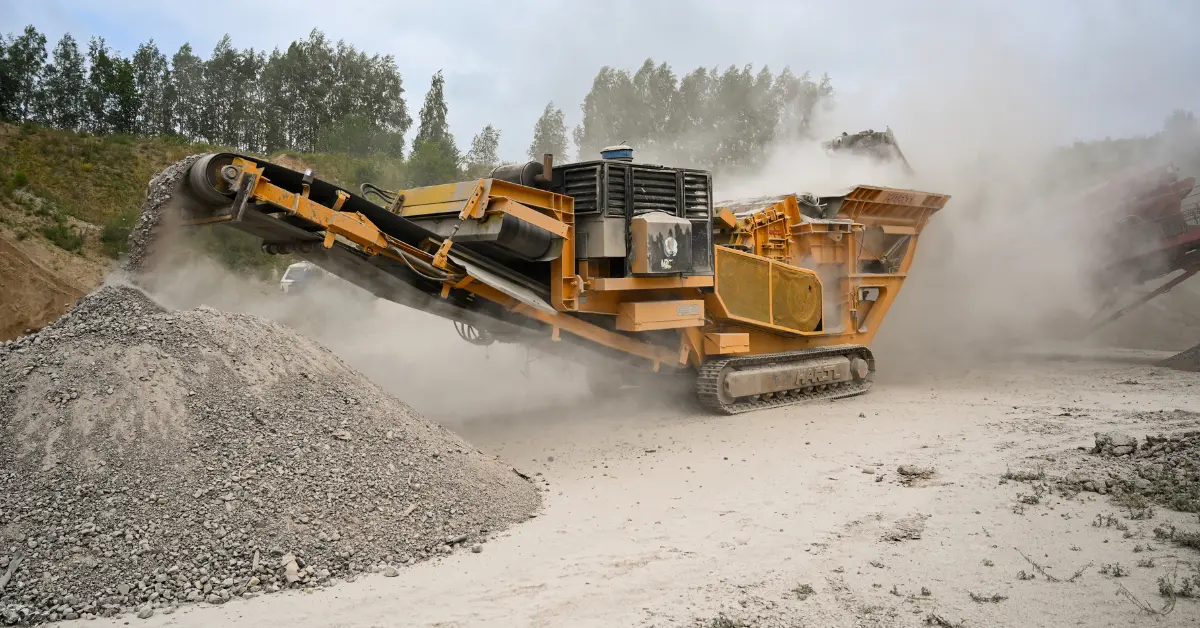
Reducing Environmental Impact with Responsible Hauling Methods
Adopting responsible dirt-hauling methods that minimize environmental impact is essential for sustainable project management. Techniques such as using covered trucks to reduce dust emissions, selecting routes that avoid ecologically sensitive areas, and implementing site-based erosion control measures all contribute to environmentally friendly operations. These practices not only help in preserving the local ecosystem but also align with broader environmental protection goals.
Effective dirt hauling requires a well-orchestrated approach that considers every process phase. By focusing on efficient practices, from the initial planning stages to the final disposal of materials, projects can realize immediate benefits and pave the way for future successes. Remember, the key to effective dirt hauling lies in the details. Streamline your next project and get started today at Soil Connect. Every decision should be made with precision and awareness of its broader impacts.

.svg)





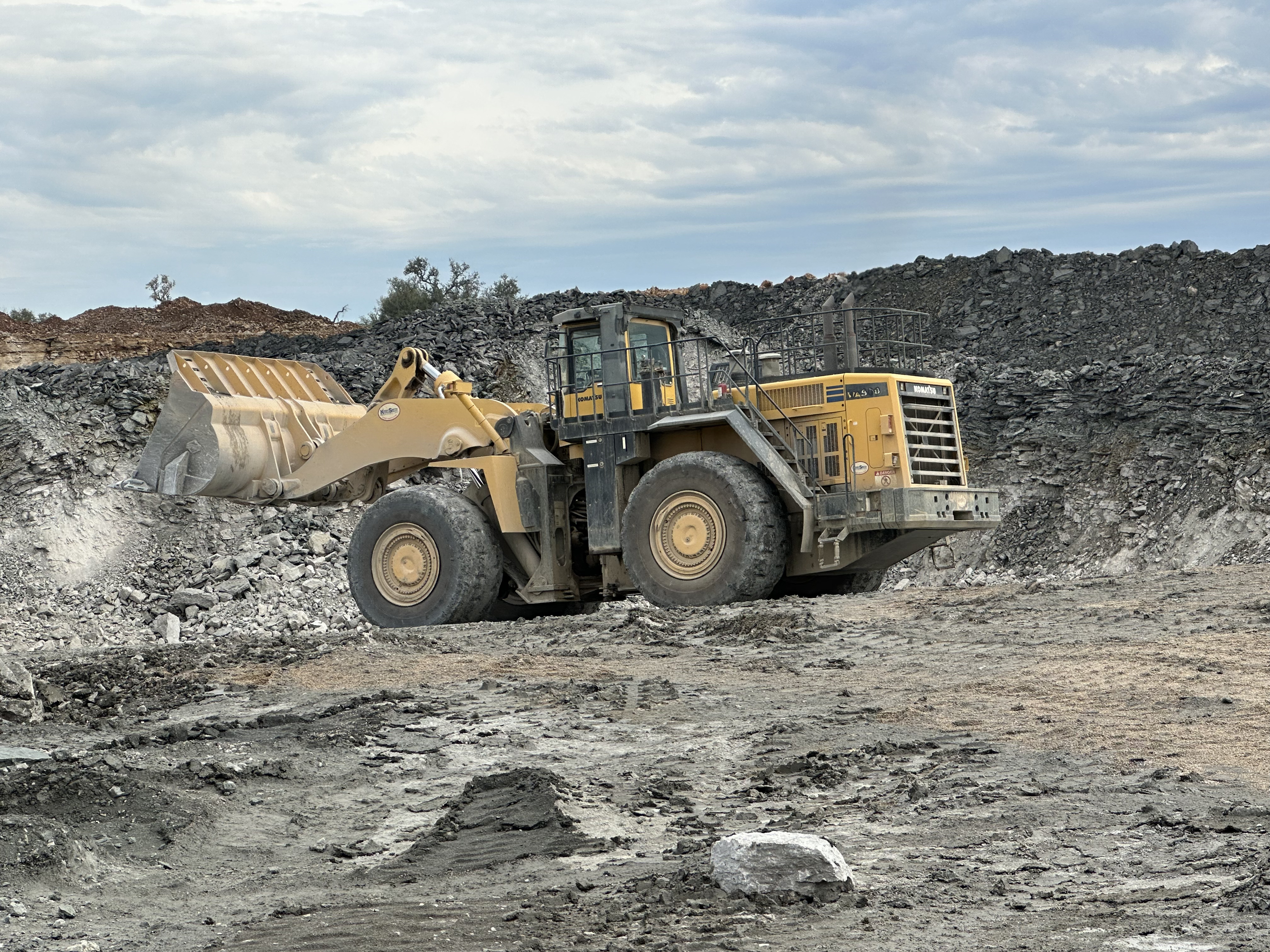




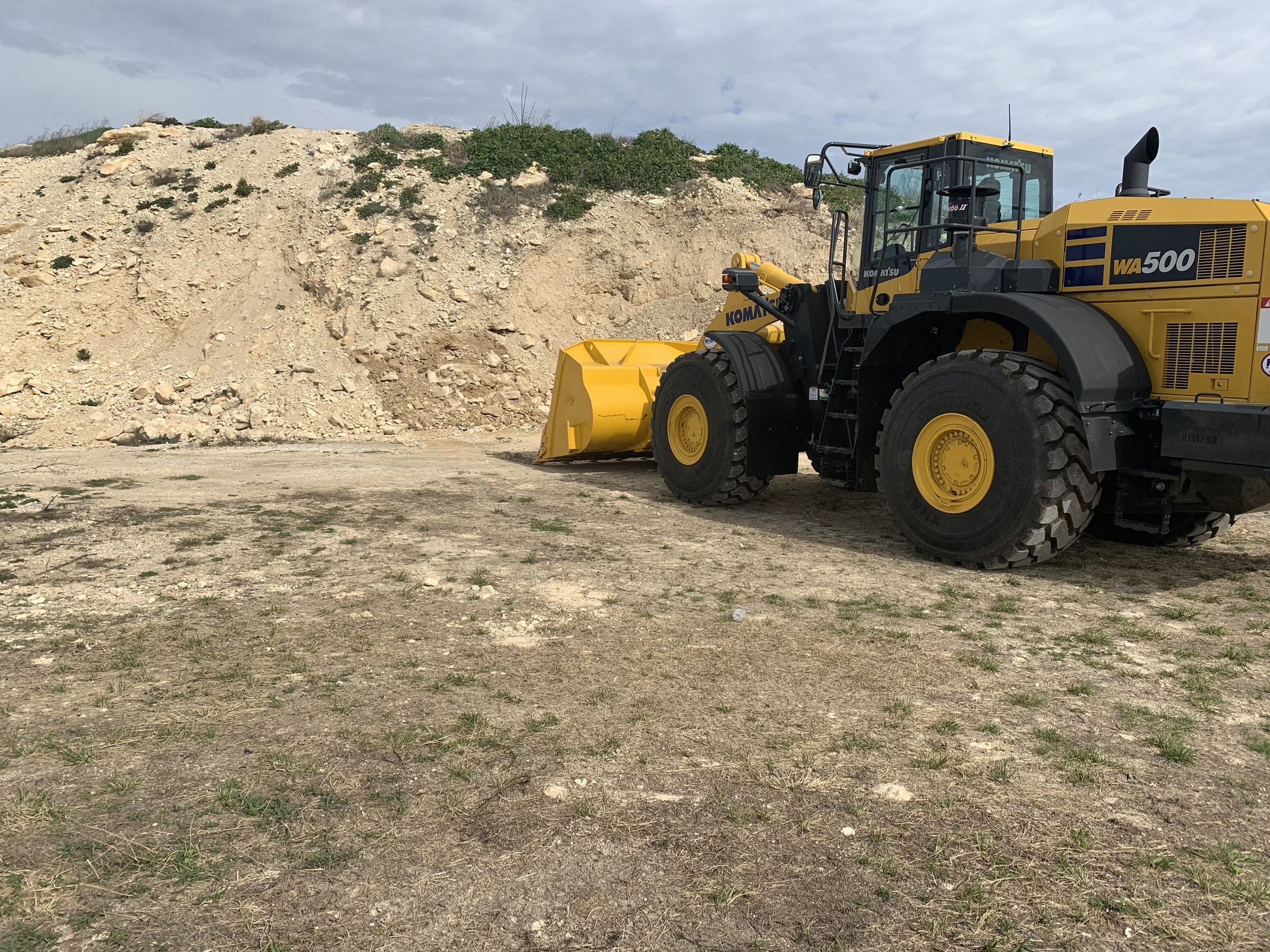
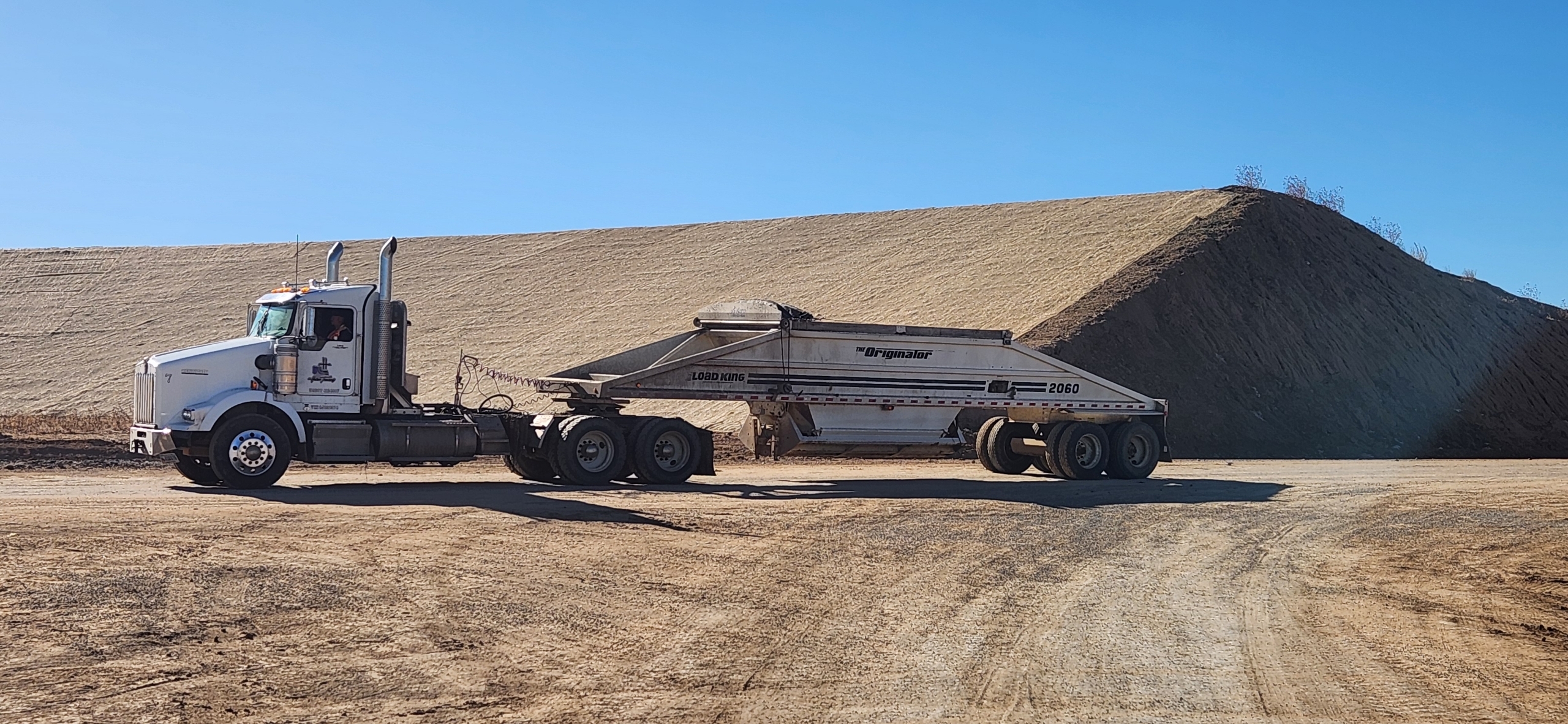
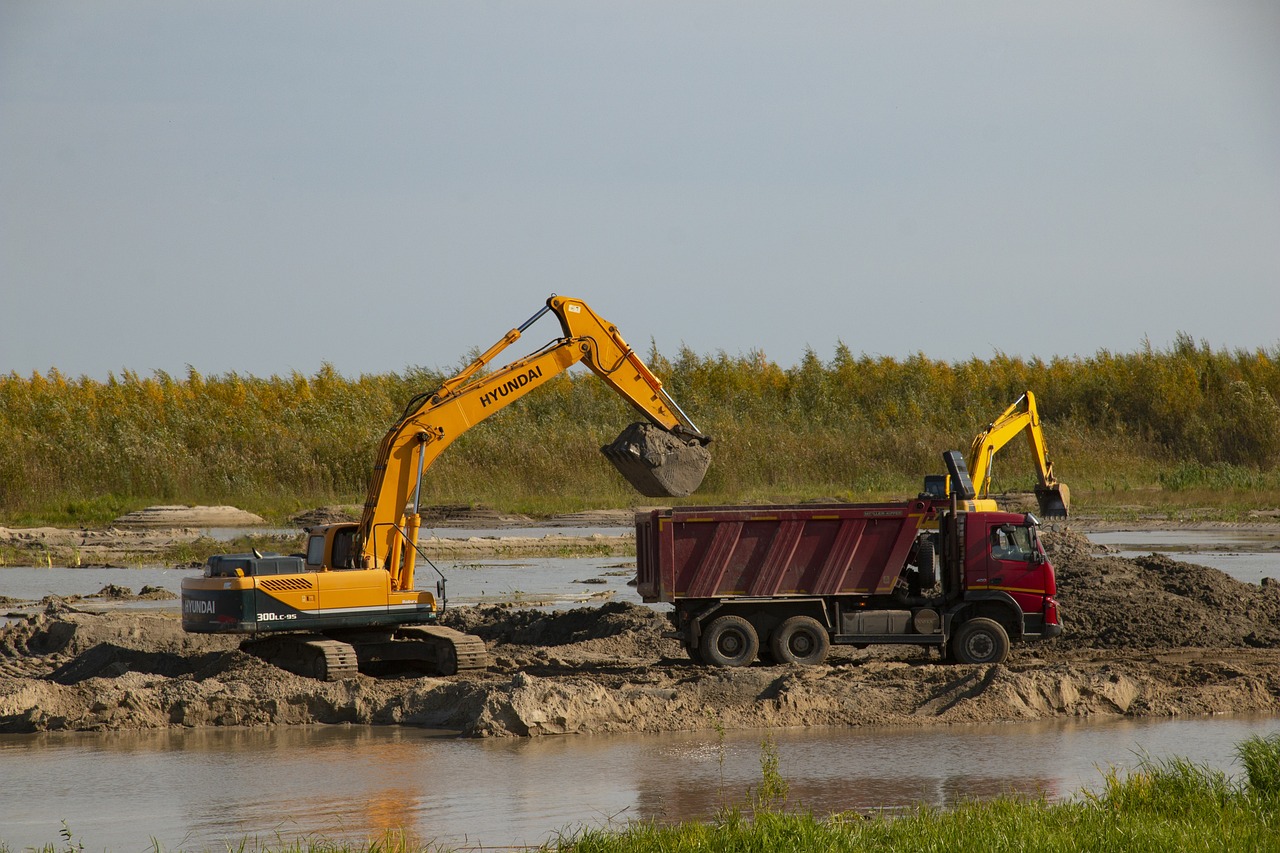

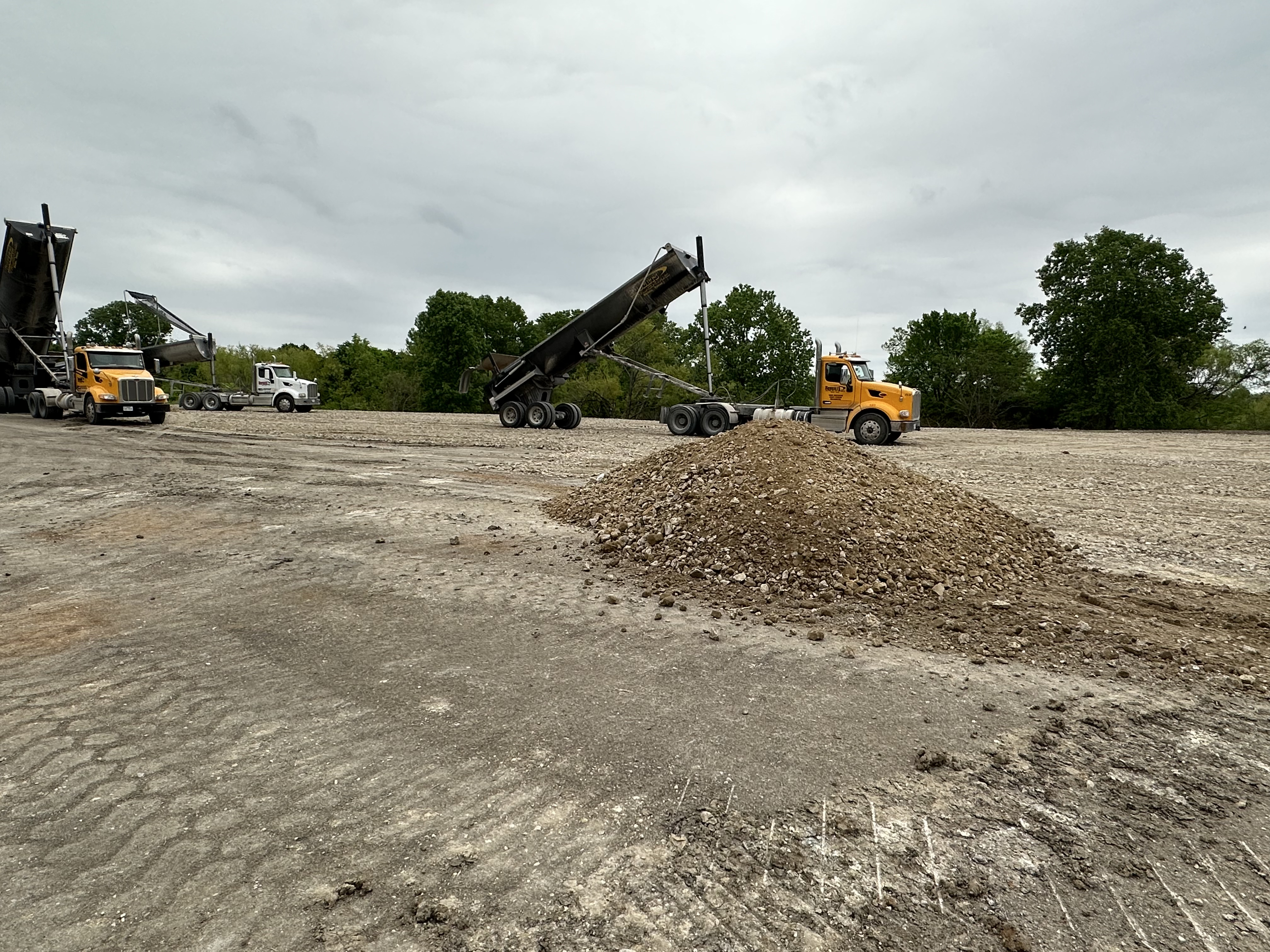
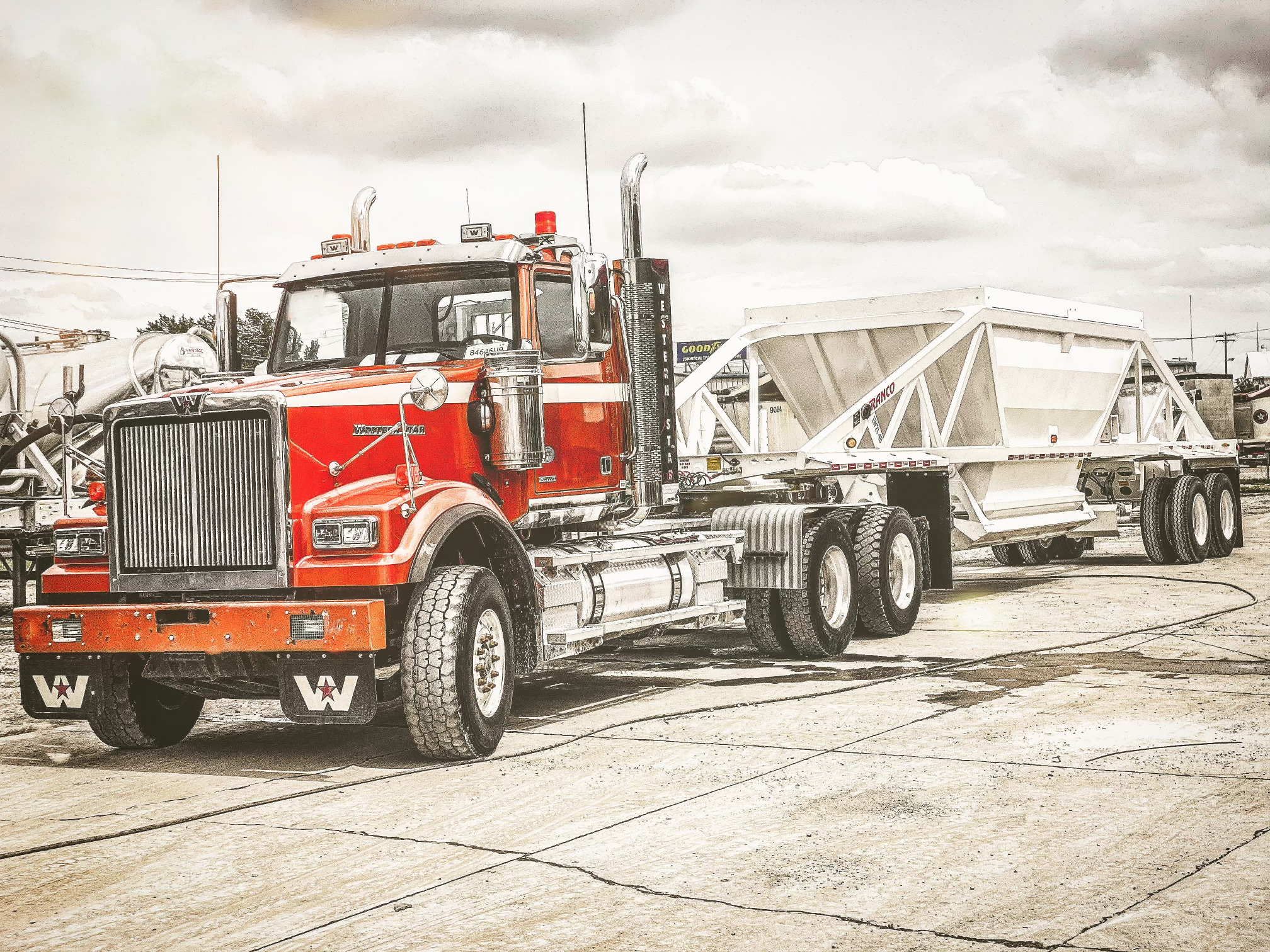
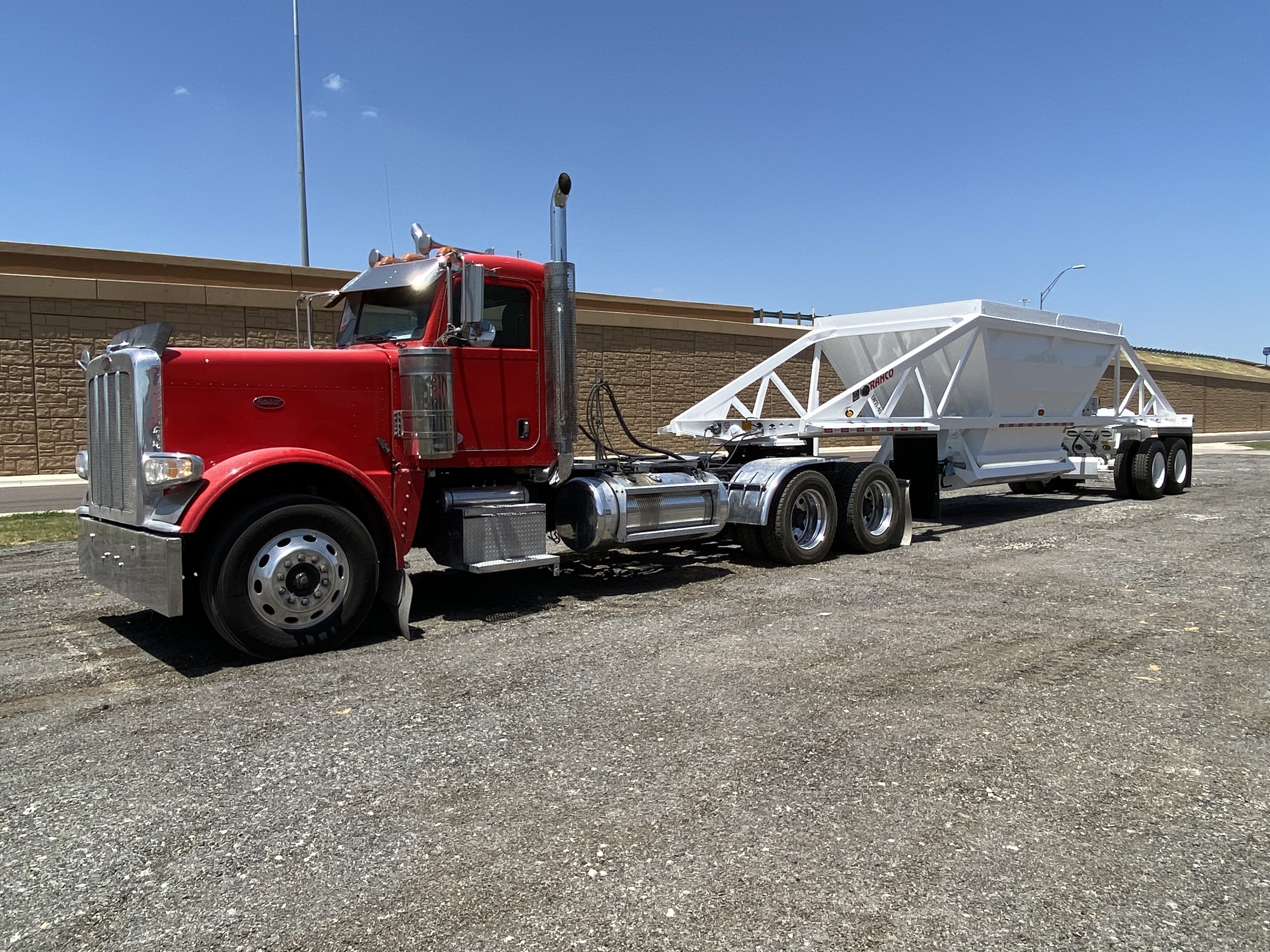
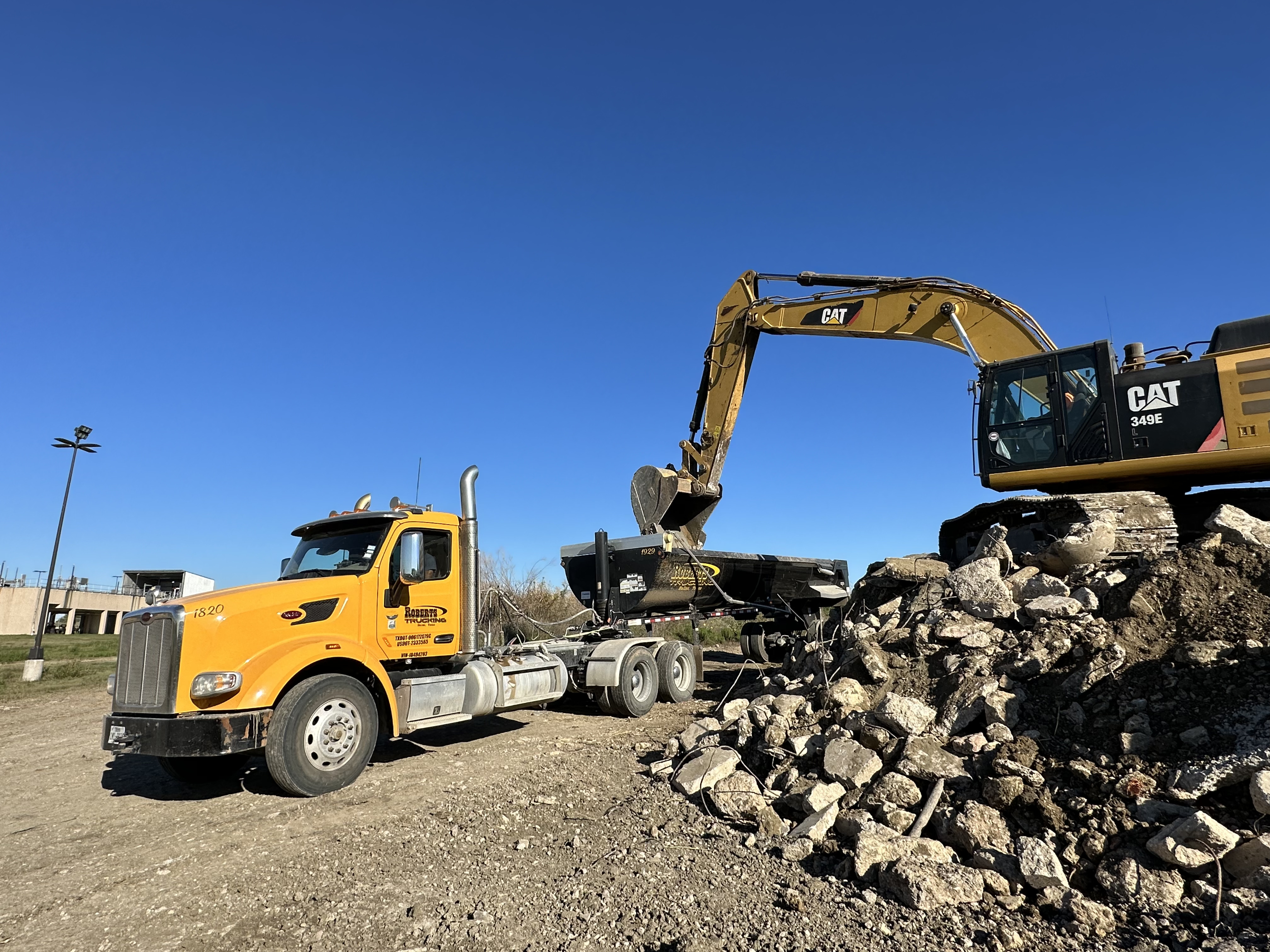
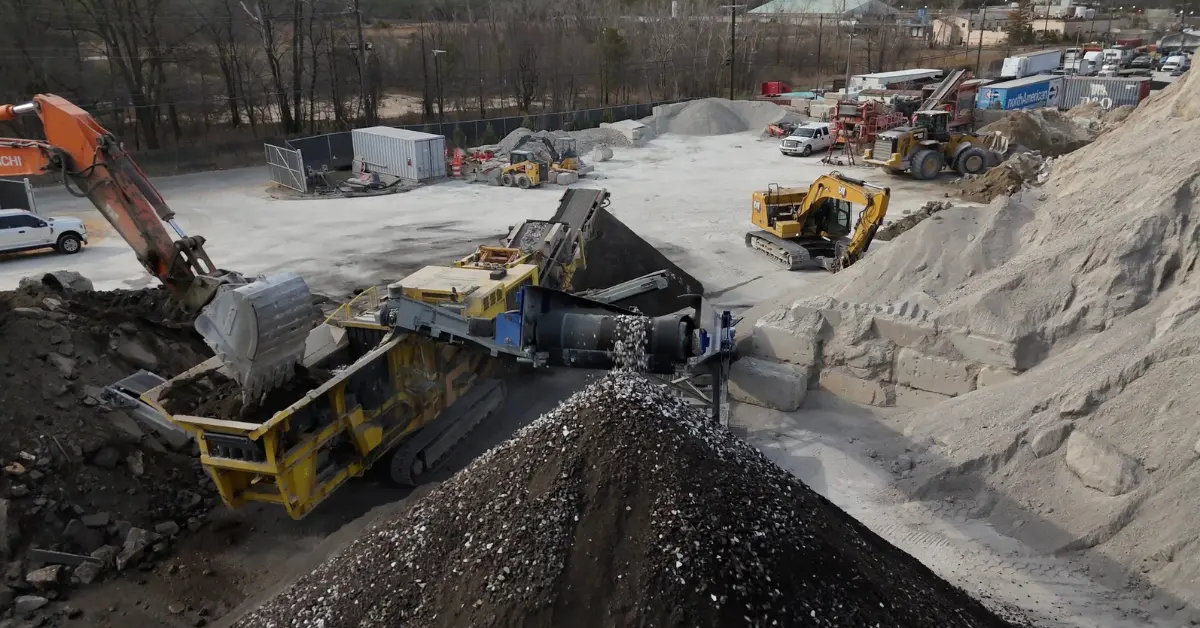
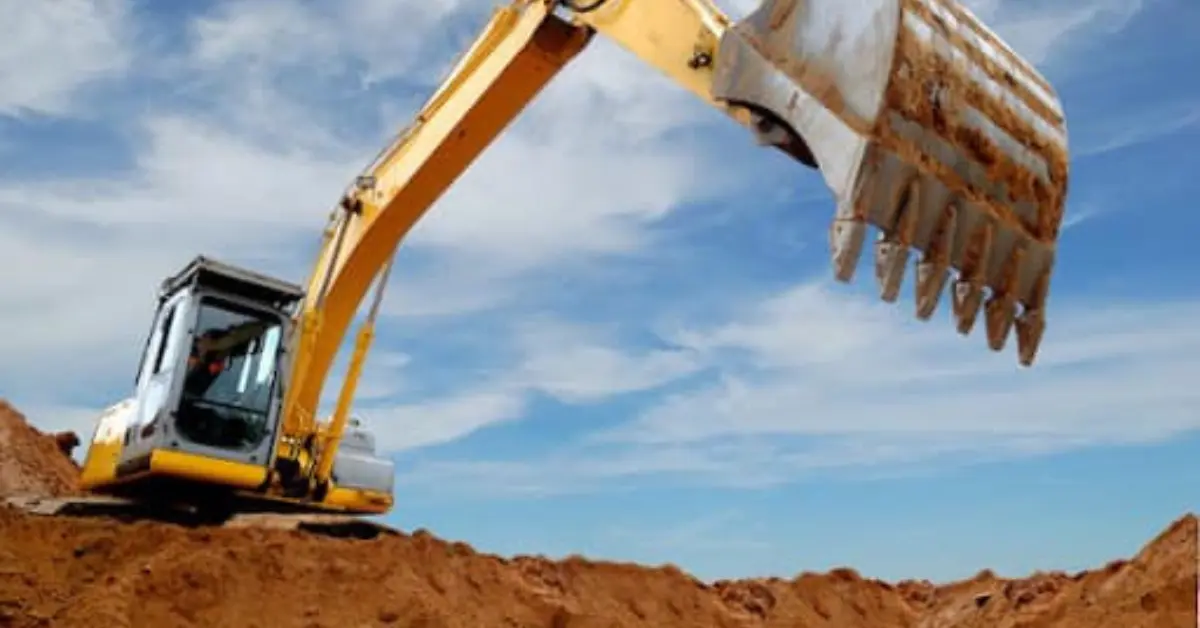
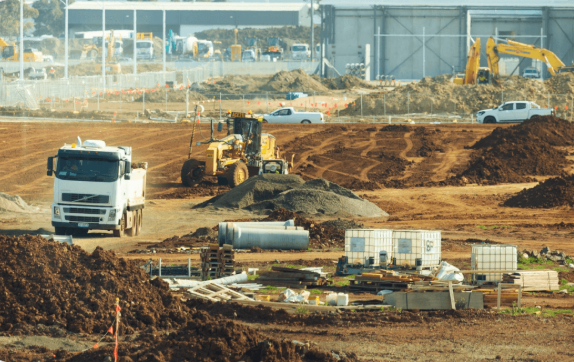
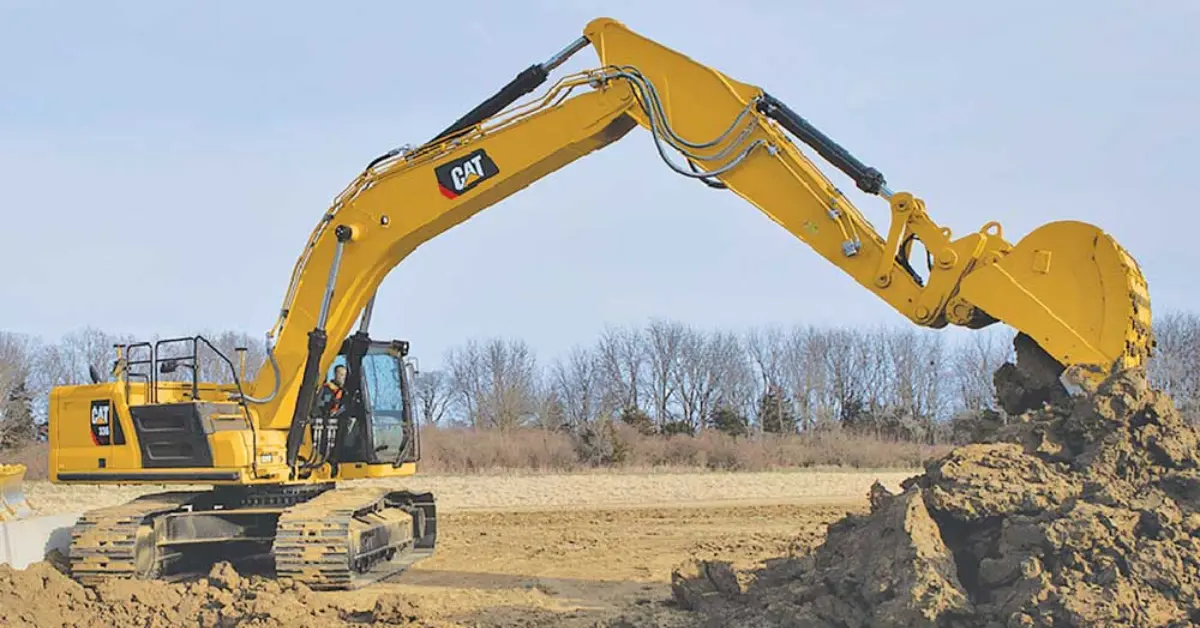
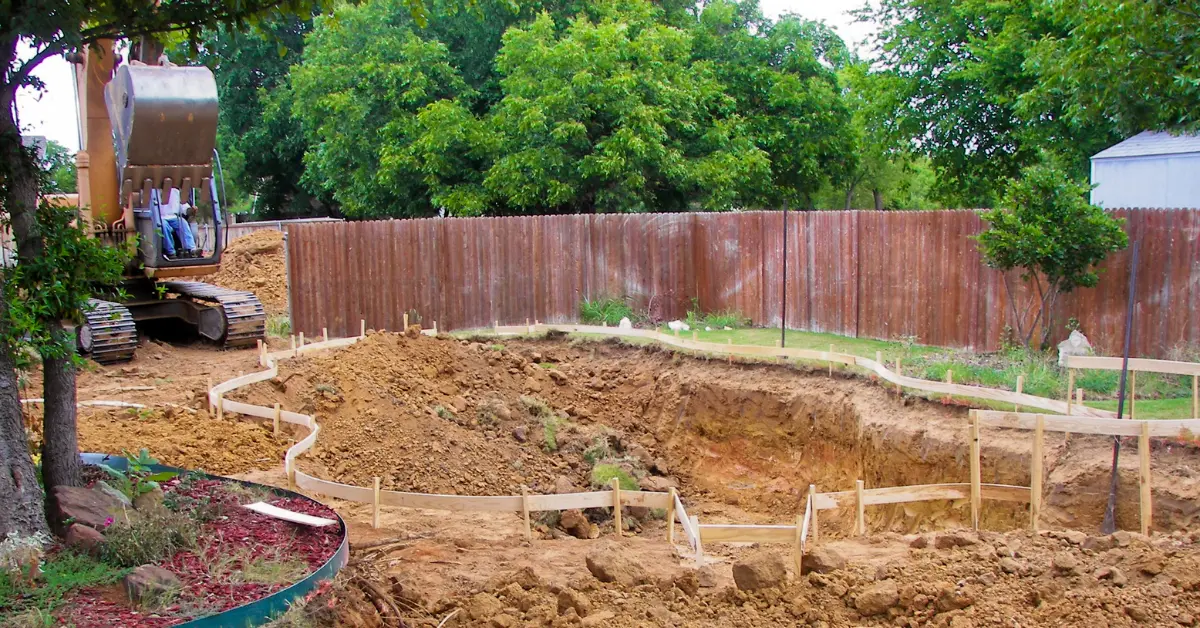
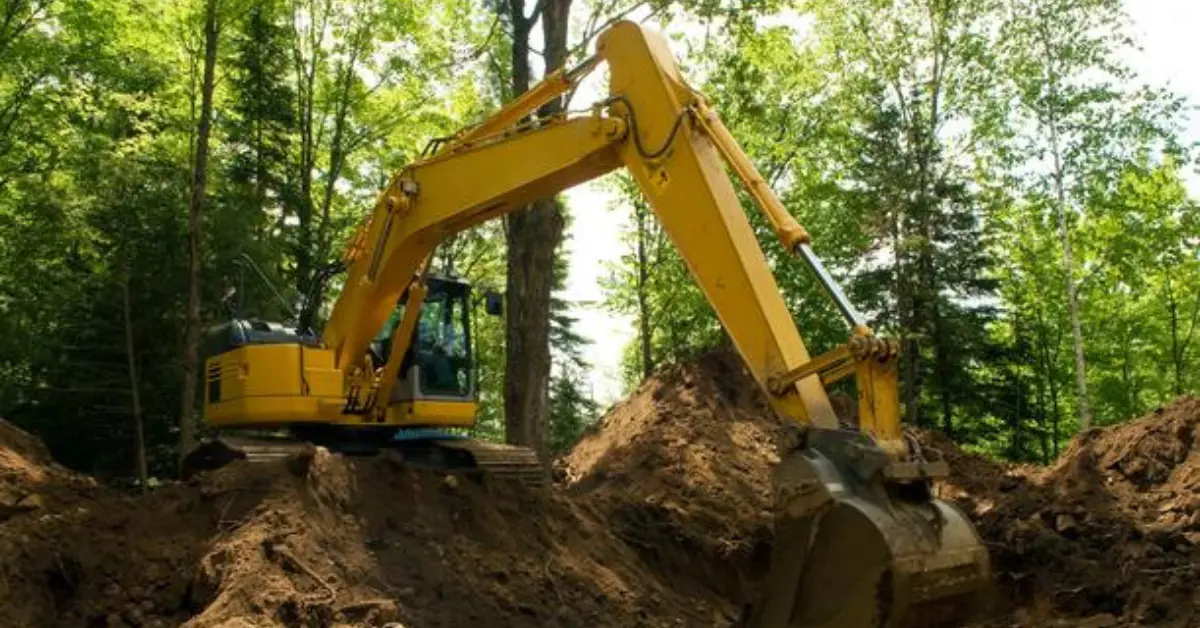
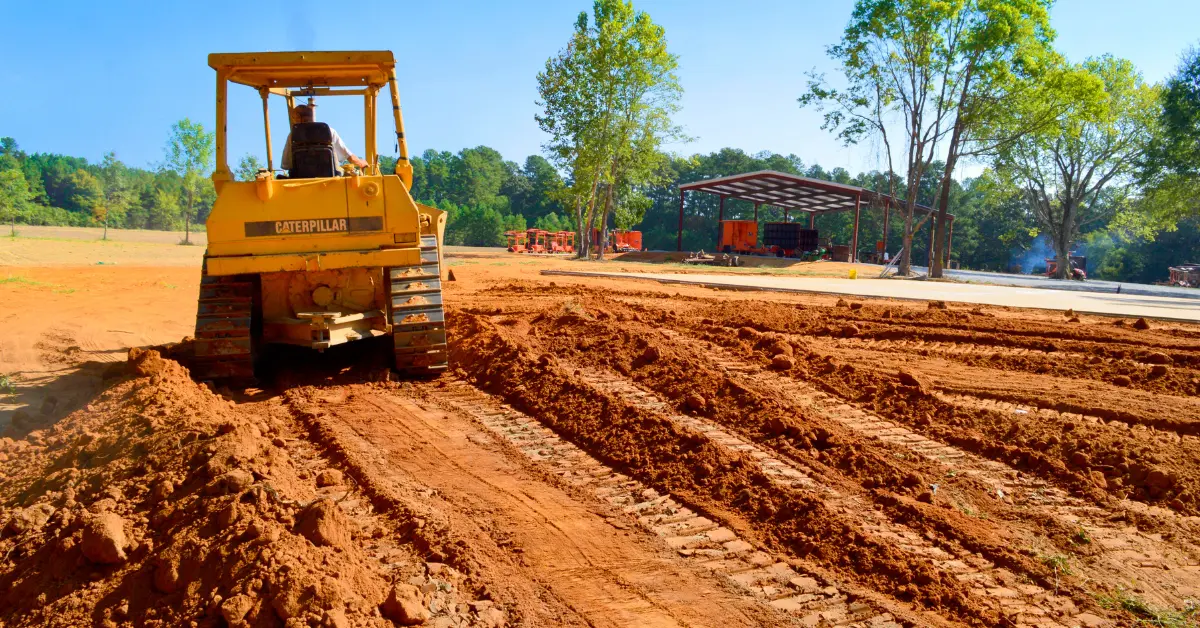
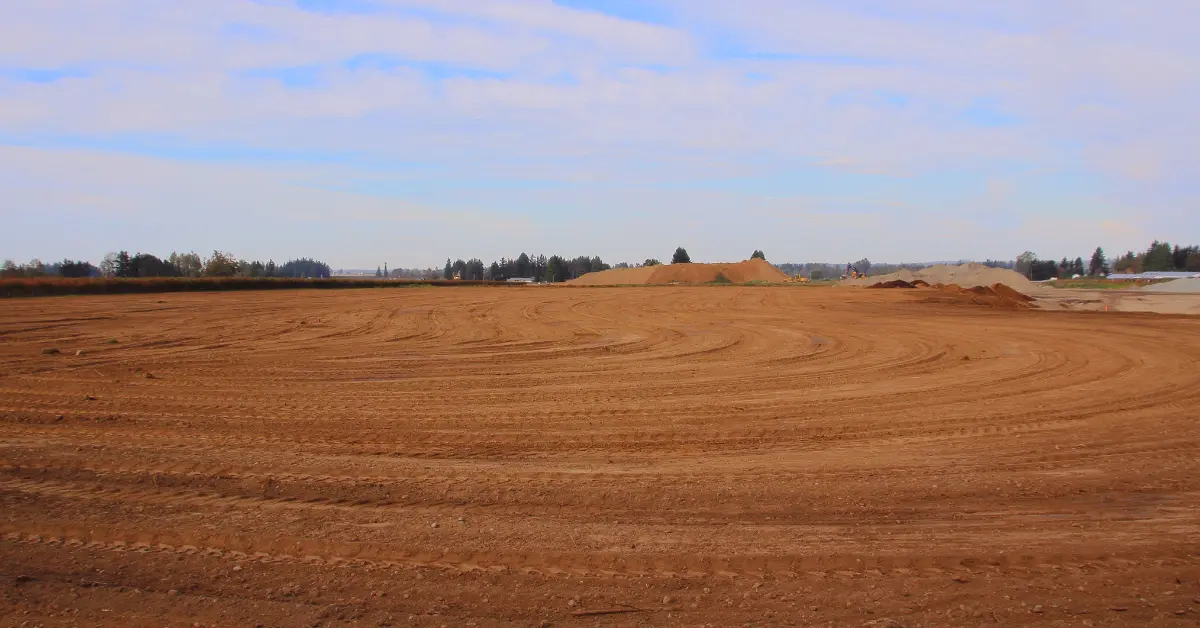



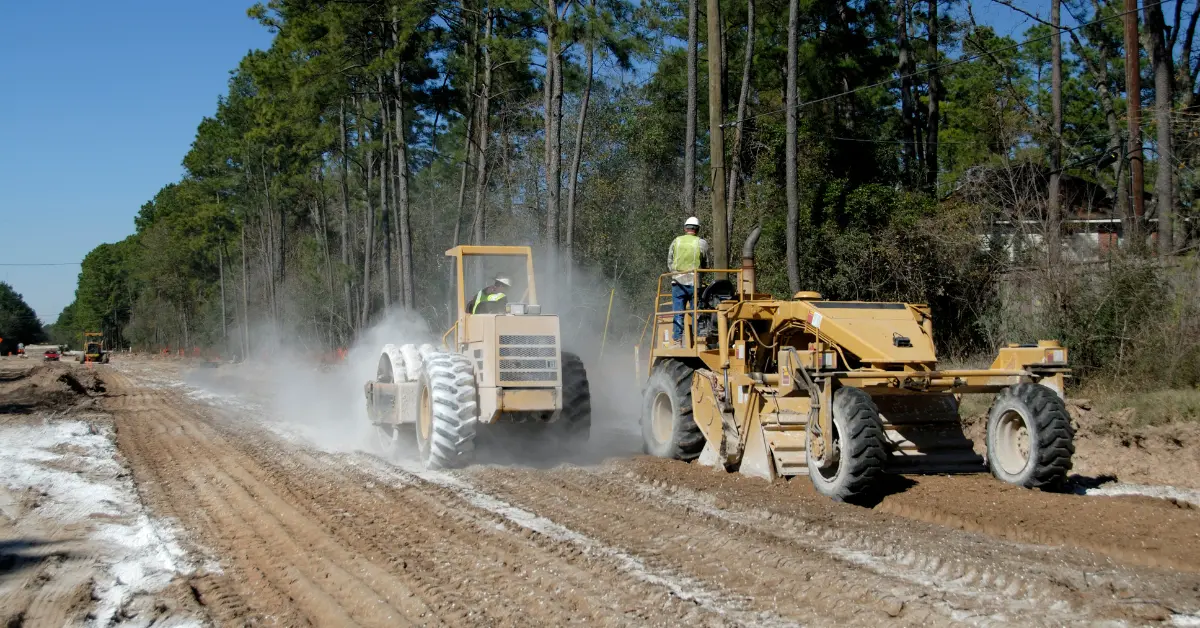




.jpg)

